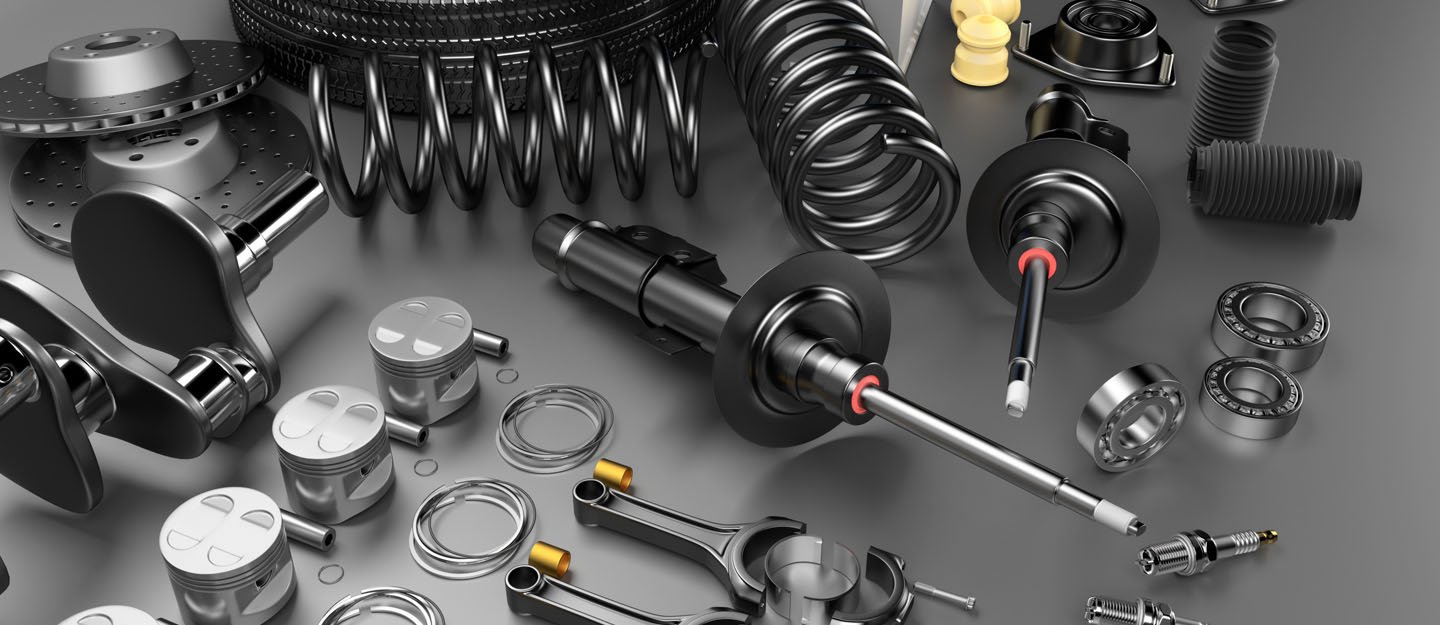Selecting the right car parts is crucial for maintaining your vehicle’s performance, safety, and longevity. Whether you’re replacing a worn-out component or upgrading for better performance, choosing the correct parts can make a significant difference. Here’s a detailed guide to help you choose the right car parts for your vehicle.
1. Understand Your Vehicle’s Specifications
Before purchasing any car parts, it’s essential to understand your vehicle’s specifications. This information ensures that the parts you select are compatible with your vehicle.
- Check Your Owner’s Manual: Your vehicle’s owner’s manual provides detailed information about the specifications of various parts and recommended replacements.
- Vehicle Identification Number (VIN): The VIN can help you find parts that match the exact make, model, and year of your vehicle. You can often use it to search for parts online or at auto parts stores.
- Consult with a Professional: If you’re unsure about your vehicle’s specifications, consult with a mechanic or automotive expert to get accurate information.
2. Choose Between OEM and Aftermarket Parts
When selecting car parts, you generally have two main options: Original Equipment Manufacturer (OEM) parts or aftermarket parts.

a. OEM Parts
- Definition: OEM parts are made by the vehicle’s manufacturer or a certified supplier. They are identical to the parts originally installed in your vehicle.
- Advantages: Guaranteed compatibility, high quality, and often come with a warranty.
- Disadvantages: Can be more expensive than aftermarket parts.
b. Aftermarket Parts
- Definition: Aftermarket parts are produced by third-party manufacturers. They may offer variations in quality and price.
- Advantages: Often more affordable and available in a wider variety of options.
- Disadvantages: Quality and compatibility can vary, and they may not always match the original parts precisely.
3. Verify Part Compatibility
Ensuring that the parts you choose are compatible with your vehicle is crucial for proper function and safety.
- Use Compatibility Tools: Many online auto parts retailers offer compatibility tools where you can enter your vehicle’s make, model, and year to find suitable parts.
- Check Part Numbers: Compare the part numbers of the new parts with those listed in your vehicle’s manual or on the existing parts.
- Seek Professional Advice: If you’re unsure about compatibility, seek advice from a mechanic or automotive parts specialist.
4. Evaluate Quality and Brand
The quality of car parts can significantly impact your vehicle’s performance and safety.
- Research Brands: Look for reputable brands known for producing high-quality parts. Brands with positive reviews and established reputations are often more reliable.
- Check for Certifications: Some parts may have certifications or standards indicating their quality and reliability. Look for certifications such as ISO or ANSI.
- Read Reviews: Customer reviews and ratings can provide insights into the performance and durability of specific parts.
5. Consider Your Budget
Balancing quality and cost is essential when choosing car parts.
- Compare Prices: Shop around and compare prices from different suppliers to ensure you’re getting a fair deal.
- Beware of Too-Good-to-Be-True Deals: Extremely low prices may indicate poor quality or counterfeit parts. Always buy from reputable sources.
- Factor in Longevity: Investing in higher-quality parts may save you money in the long run by reducing the need for frequent replacements.
6. Check for Warranties and Return Policies
A warranty or return policy provides protection in case the parts are defective or incompatible.
- Understand the Warranty Terms: Check the warranty terms and coverage for the parts you purchase. A longer warranty period often indicates higher confidence in the part’s quality.
- Return Policy: Ensure the seller offers a return policy in case the parts do not fit or function as expected. This can be especially important for online purchases.
7. Installation Considerations
Proper installation is key to ensuring that car parts function correctly.
- Professional Installation: If you’re not experienced with car repairs, consider having a professional mechanic install the parts to ensure proper fit and function.
- DIY Installation: If you’re installing parts yourself, make sure to follow the manufacturer’s instructions carefully and use the correct tools.
8. Maintenance and Care
Regular maintenance and care can prolong the life of your car parts and keep your vehicle running smoothly.
- Follow Maintenance Schedules: Adhere to your vehicle’s maintenance schedule to ensure that parts are inspected and replaced as needed.
- Inspect Parts Regularly: Regularly inspect critical components like brakes, tires, and fluids to identify any issues before they become serious problems.
Conclusion
Choosing the right car parts involves understanding your vehicle’s specifications, evaluating the quality and compatibility of parts, and considering your budget and installation options. By following these guidelines, you can make informed decisions that enhance your vehicle’s performance, safety, and longevity. Whether you’re replacing a worn-out component or upgrading for better performance, the right car parts can make all the difference in keeping your vehicle in top shape.

